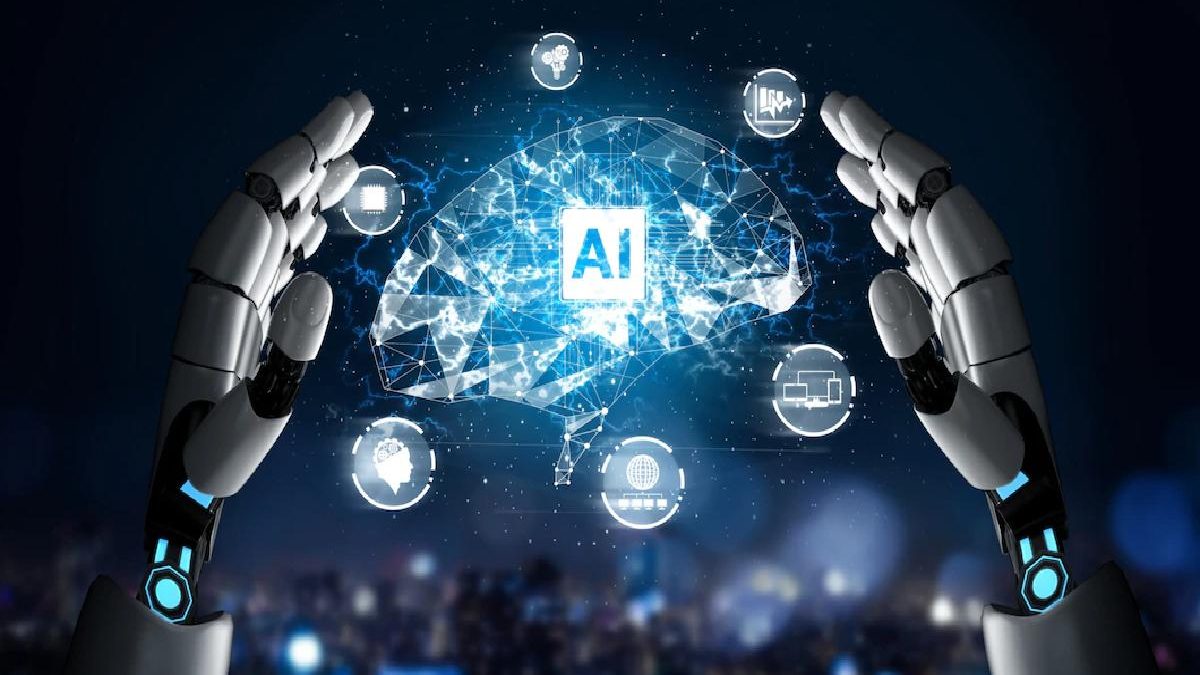One of the most promising advances in the world of artificial intelligence is what is known as generative AI. What does the term mean, what technology is behind it, and how is it used?
In the past, the term generative artificial intelligence was primarily associated with deepfakes and data journalism. But technology is increasingly important in automating repetitive processes in digital image and audio correction.
Whenever AI generates its own content, be it text, images, or multimedia, generative AI has a finger in the pie. These are technologies that independently produce images and independently create website articles, article summaries, company brochures, press releases, and white papers from the information collected on the Internet. In short, generative AI models serve the purpose of producing synthetic data that can pass a Turing test.
Table of Contents
What is Generative AI?
Generative AI is a technology that uses AI and machine learning algorithms to enable machines to create content from existing text, audio files, images, or original patterns. With generative AI, computers use their training data to recognize the underlying pattern associated with the input and produce content in a way that users believe is real.
What was previously reserved for humans, namely the creation of artifacts, can now be performed by generative AI. In doing so, she delivers original results based on human thought and human experience without bias. For example, generative AI can create content that appears to have been written by humans. Generative AI automatically creates new objects or structures based on existing data and insights instead of just using self-learning algorithms, like AI for email.
How Does Generative AI work?
Generative AI is basically programs that use existing content, such as text, audio files, or images, to create new coherent, and compelling content. The computers are able to learn the underlying pattern related to the input and then use it to create similar content. Three techniques form the basis of generative AI:
- Generative Adversarial Networks (GAN),
- Transformers and
- Variational autoencoders.
Generative Adversarial Networks (GAN)
GAN consists of two neural networks – a generator and a discriminator. The generator, as the name suggests, is responsible for generating new data or content that is similar to the source data. The discriminator is responsible for distinguishing between the source data and the generated data. In constantly changing training cycles, the generator continuously learns to generate more realistic data, while the discriminator is trained to distinguish fake data from real data.
Transformers
Transformers like GPT-3, LaMDA, and Wu-Dao mimic cognitive attention and measure the meaning of input data in different ways. You will be trained to understand the language or image, learn classification tasks, and generate text or images from large data sets.
Variational Autoencoder (VAE)
Variational Autoencoder is a deep learning technique that can be used to design complex generative data models and fit them to large datasets. This technique can create images of fictional faces of prominent people and high-resolution digital artworks. Like the GAN, the UAE also ensures that the accuracy of the output is improved.
From the abstract concept to the deceptively real object
According to Gartner, generative AI is about improving current innovative workflows together with humans. Generative AI can be used to develop objects or items that help humans accomplish creative tasks. However, they cannot create completely new images or text because they combine what they know in the best possible way.
Generative AI supports ML models, de-biasing them and realizing more abstract concepts by mimicking the real world. Avatars created with Generative AI are used to protect people who do not want to reveal their identity during job interviews, interviews, or at work. Generative modeling can ensure that machine learning models are less biased and allow bots to understand abstract concepts in simulations and in the real world.
From old to new
Generative AI creates realistic-looking photos of human faces, objects, and scenes. The application scenario in the film and advertising industry is, therefore, very diverse. Images captured in poor light or weather conditions can be converted to desired conditions. It changes color images to black and white and day photos to night photos. Using face synthesis and voice cloning, the actor’s original voice can be lip-synched. Generative AI can upscale old, low-resolution images and movies to 4K and beyond for more accurate, clearer, and more detailed images. It produces 60 frames per second instead of 23 or fewer, eliminating noise and adding color.

